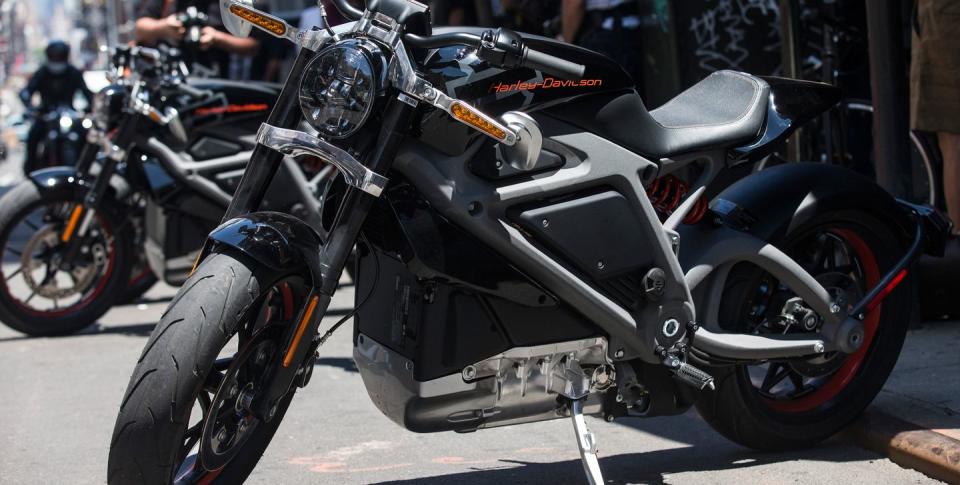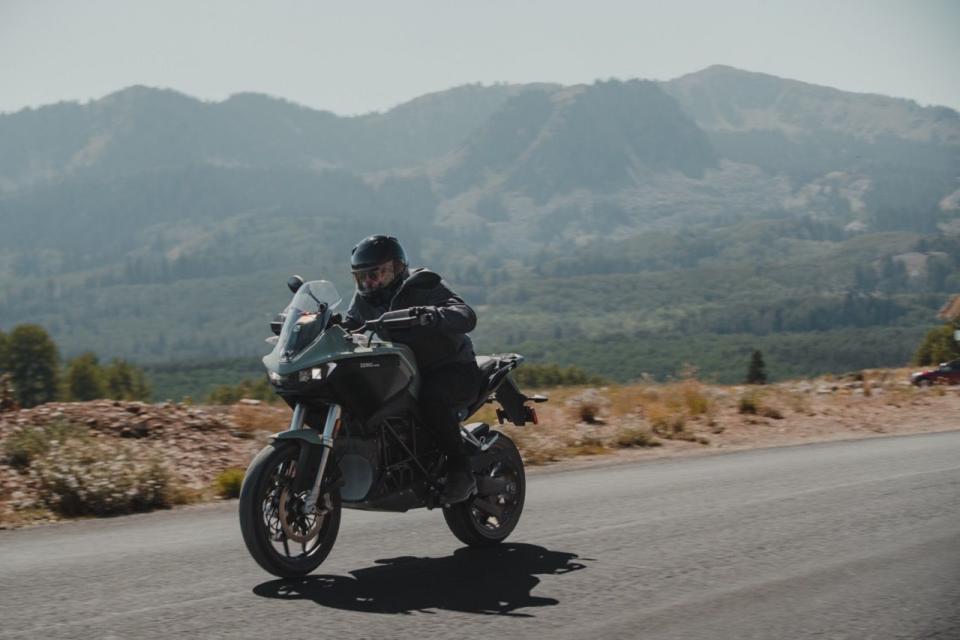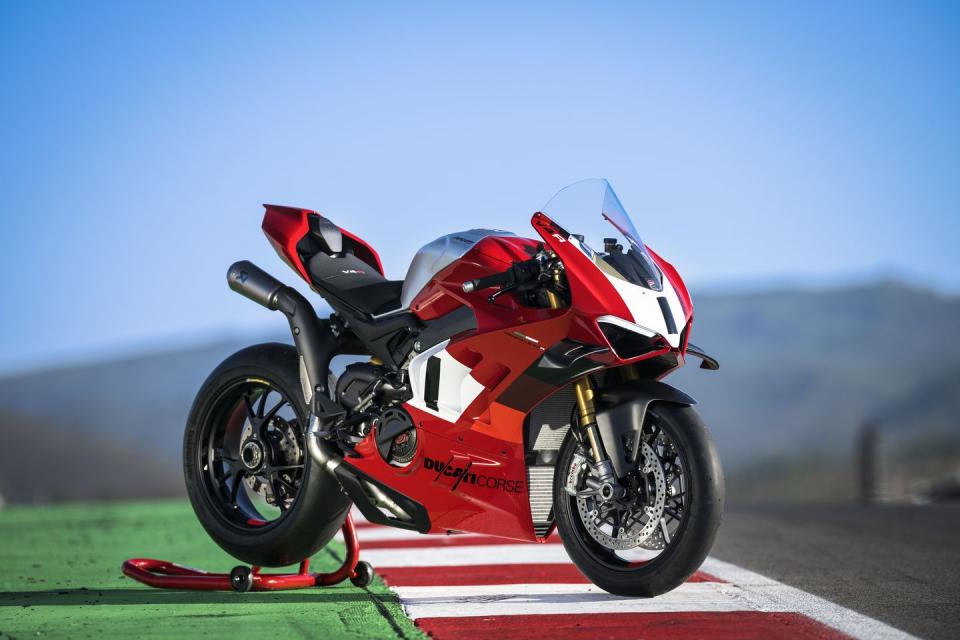How Do Motorcycles Fit into a Sustainable Future?

The move toward carbon neutrality has posed a unique challenge for motorcycling.
Representatives from European Parliament, Ducati, and Shell Oil Company say the motorcycle industry is set to explore options outside of battery-electric propulsion, such as hydrogen and e-fuels.
As the industry prepares for a sustainable future, manufacturers hope to balance eco-friendly development with a continued period of strong sales that have been growing steadily since 2020.
Motorcycles often mirror the four-wheel counterparts around them. By design, a motorcycle is rudimentary and requires less of everything than a car does, yet the technology from cars eventually makes its way to motorcycles. This is partially a result of the current or previous automotive ownership bestowed upon motorcycle manufacturers (Honda gets special recognition for flipping the script and producing motorcycles before cars), with companies like Suzuki and even Ducati being controlled by automotive overarches.
While the automotive industry makes the shift of a lifetime to battery-electric cars, hydrogen fuel cells, and new hybrids, government mandates to limit emissions and carbon footprint and establish an EV charging infrastructure represent a moving target globally. For motorcycles, the regulatory landscape is even muddier.

Representatives from the European Parliament, the European Association of Motorcycle Manufacturers, and the omnipresent oil company engineers gathered in a video conference room just a few weeks ago with the goal of hashing out what the future could look like. The conversation didn't represent any hard change. But when the CEO of Ducati Corse Claudio Domenicali speculates on what the future will be, you listen.
Domenicali and Karl-Maria Grugl from KTM were the first to speak, and both parties generally agreed. Despite a preference for the number of cylinders a bike should have, the Italian and Austrian manufacturers both believe carbon neutrality is an inarguable responsibility that manufacturers will carry, and they gave examples of how they'll do it. This discussion wasn't a back-patting exercise or a promotional stunt for a new electric model—it was a chance to put ideas on the table.
Battery-electric motorcycles have existed for some time and are likely to become the most popular alternative to traditional internal-combustion bikes, but that doesn't mean hydrogen fuel-cell technology or synthetic fuels should be forgotten, KTM's Grugl said. While electric bikes are well suited for urban mobility, KTMs are rugged, go-everywhere, and do-everything style adventure motorcycles, meaning the range and weight constraints of an all-electric bike won't always work for the KTM customer. In these cases, a form of synthetic e-fuel is much more favorable. Understanding how the bike at hand will be used is much more important than setting an arbitrary propulsion standard, in the eyes of KTM.

Ducati echoed this sentiment—its bikes are largely for performance endeavors, and battery weight is no friend of lap times or bike balance, at least not in Ducati's case. While performance cars and electric technology are compatible thanks to floor-mounted battery packs, Domenicali said trying to achieve the same electric performance gains in a motorcycle poses significant challenges. He cited the performance difference of Moto-E compared to MotoGP and said a "high performance, high emotion" electric Ducati could be a long way away.

 Yahoo Autos
Yahoo Autos 